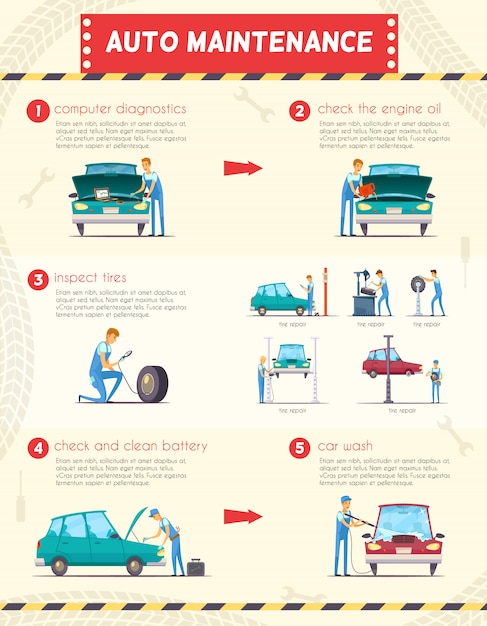Seeking Clearness On The Warning Lights Showed On Your Vehicle'S Control Panel? Find Out How They Relate To Your Automobile'S Health And Safety
Seeking Clearness On The Warning Lights Showed On Your Vehicle'S Control Panel? Find Out How They Relate To Your Automobile'S Health And Safety
Blog Article
Written By-Termansen Dalgaard
When you lag the wheel, those glowing caution lights on your control panel can be a little bit difficult. Do mobile boat cleaning services recognize what they're trying to inform you about your automobile's health and wellness? Understanding the relevance of these lights is crucial for your safety and security and the long life of your car. So, the following time one of those lights appears, wouldn't you want to decipher its message precisely and take the essential steps to resolve it?
Common Caution Lights and Interpretations
Recognize usual warning lights in your vehicle and recognize their meanings to ensure safe driving.
The most typical warning lights consist of the check engine light, which signals issues with the engine or exhausts system. If this light comes on, it's important to have your vehicle inspected quickly.
The oil pressure cautioning light suggests low oil pressure, needing immediate attention to prevent engine damage.
A flashing battery light may recommend a faulty billing system, potentially leaving you stranded if not addressed.
The tire stress monitoring system (TPMS) light signals you to reduced tire stress, affecting vehicle stability and gas performance. Overlooking this might bring about dangerous driving problems.
The ABS light suggests a trouble with the anti-lock braking system, endangering your capacity to quit swiftly in emergencies.
Lastly, the coolant temperature level advising light warns of engine getting too hot, which can cause extreme damage if not resolved swiftly.
Understanding these typical caution lights will certainly aid you attend to problems promptly and keep safe driving conditions.
Importance of Prompt Interest
Comprehending the typical caution lights in your auto is only the initial step; the value of promptly attending to these cautions can not be highlighted sufficient to ensure your security when traveling.
When a warning light brightens on your dashboard, it's your cars and truck's method of communicating a potential concern that requires attention. Overlooking these cautions can result in much more severe issues later on, jeopardizing your safety and potentially costing you much more out of commission.
Trigger focus to alerting lights can protect against failures and mishaps. For example, a flashing check engine light could suggest a misfire that, if left unattended, can cause damage to the catalytic converter. Resolving this immediately can save you from a costly repair work.
In a similar way, a brake system advising light may indicate low brake liquid or worn brake pads, important components for your security when driving.
Do It Yourself Troubleshooting Tips
If you discover a caution light on your control panel, there are a few do it yourself fixing suggestions you can try prior to seeking expert help.
The first step is to consult your auto's handbook to recognize what the certain caution light indicates. Occasionally the issue can be as easy as a loosened gas cap setting off the check engine light. Tightening the gas cap may resolve the issue.
why not try this out is a reduced battery, which can set off numerous cautioning lights. Checking the battery connections for deterioration and guaranteeing they're safe and secure might deal with the problem.
If a warning light lingers, you can attempt resetting it by detaching the vehicle's battery for a couple of mins and after that reconnecting it. In https://www.ksat.com/news/local/2022/07/13/firefighters-battle-heavy-flames-at-auto-repair-shop-and-storage-facility-on-south-side/ , examining your car's liquid degrees, such as oil, coolant, and brake fluid, can help fix cautioning lights related to these systems.
Conclusion
To conclude, comprehending your automobile's warning lights is crucial for keeping your car running efficiently and securely. By promptly resolving these signals and recognizing what they imply, you can prevent expensive repair work and potential break downs.
Remember to consult your cars and truck's guidebook for particular details on each alerting light and act appropriately to make sure a hassle-free driving experience.
Keep informed, stay secure when driving!
